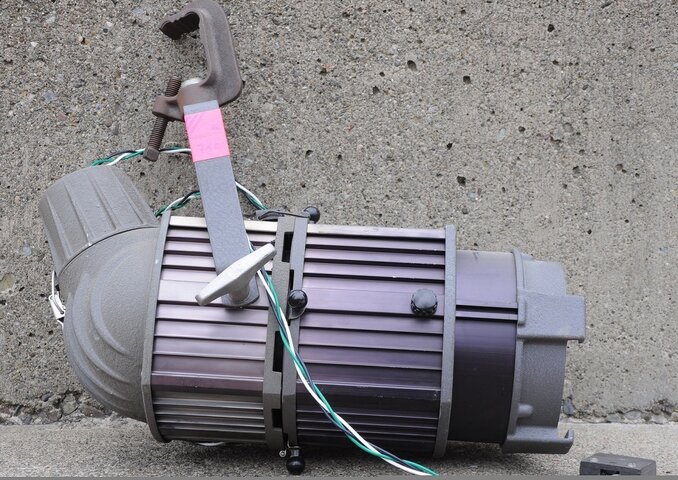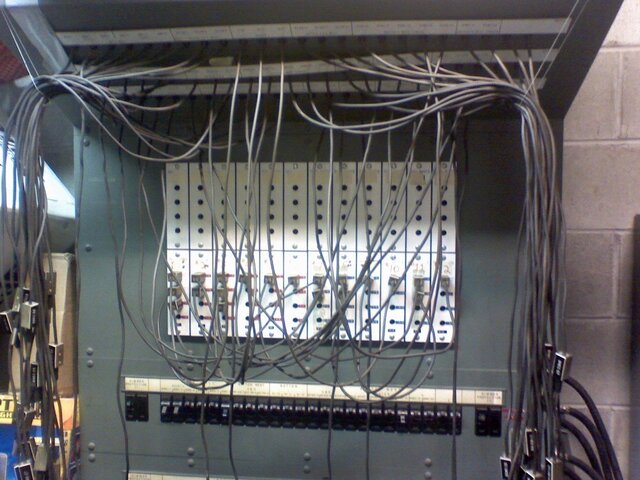As I find myself branching out into the world of theater, I find myself moving down the tech tree. I learned lighting with Source 4s, Shakes, PAR Cans, Expresses, Road Hogs, Martin scanners, etc. My first venture into community theater was all Altman 360Qs which were close enough I didn't have much issue transitioning to them. There are two new venues that I plan/expect to spend more time doing lighting at due to them being much closer to home/work. However, these theaters have yet to upgrade past radian fixtures. When I did Godspell a month back at one of them, I found the 4.5x6 and 6x9's not giving me the coverage I thought they would. Not sure if that was still getting used to the building layout (thought the 8" fresnels and PAR cans behaved as expected), or if radial units are sufficiently different in behavior that I need to shift how I design. I do wonder if the correct lamps are in the fixtures, as I've found incandescent lamps meant for 360's in the 6" fresnels (barely fit).
So, any advice for a 30 year old going back in time 45-50 years in terms of lighting equipment? The oldest console I'll encounter will be a MicrovisionFX which is close enough to Express that I'm not worried.
Thanks
So, any advice for a 30 year old going back in time 45-50 years in terms of lighting equipment? The oldest console I'll encounter will be a MicrovisionFX which is close enough to Express that I'm not worried.
Thanks




